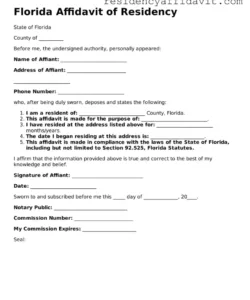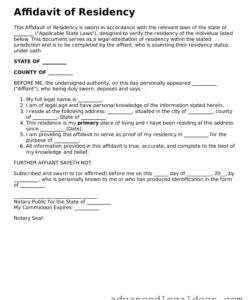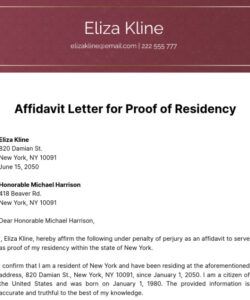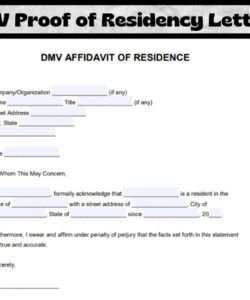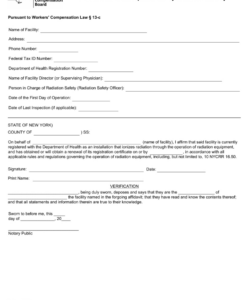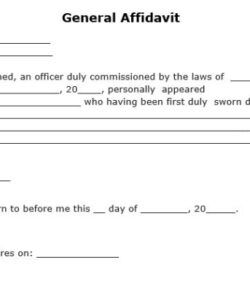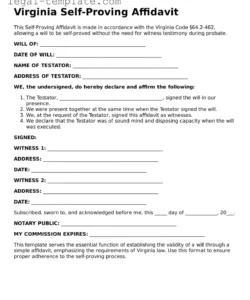Proof of residence affidavit template. Have to affirm something is valid under oath, but overwhelmed by complex wording? Rest assured, you’re not alone! Affidavits can seem intimidating, but they’re actually quite simple once you get the hang of it. Think of it as a formal, written statement of facts, used in court cases or other formal scenarios. The good news is, you don’t need to spend a lot to begin. In fact, getting a free template doesn’t require you to shell out any money.
Picture needing to prove your address, verify income, or confirm your civil status. An affidavit can do each of these. It’s a versatile legal document, but getting it right is crucial. Missing information or improper wording can make it invalid or even prevent it from being accepted. But what if you don’t have legal training? That’s where an affidavit template becomes your legal support. It offers a structure, helping you complete it properly and ensuring you cover all the essential elements.
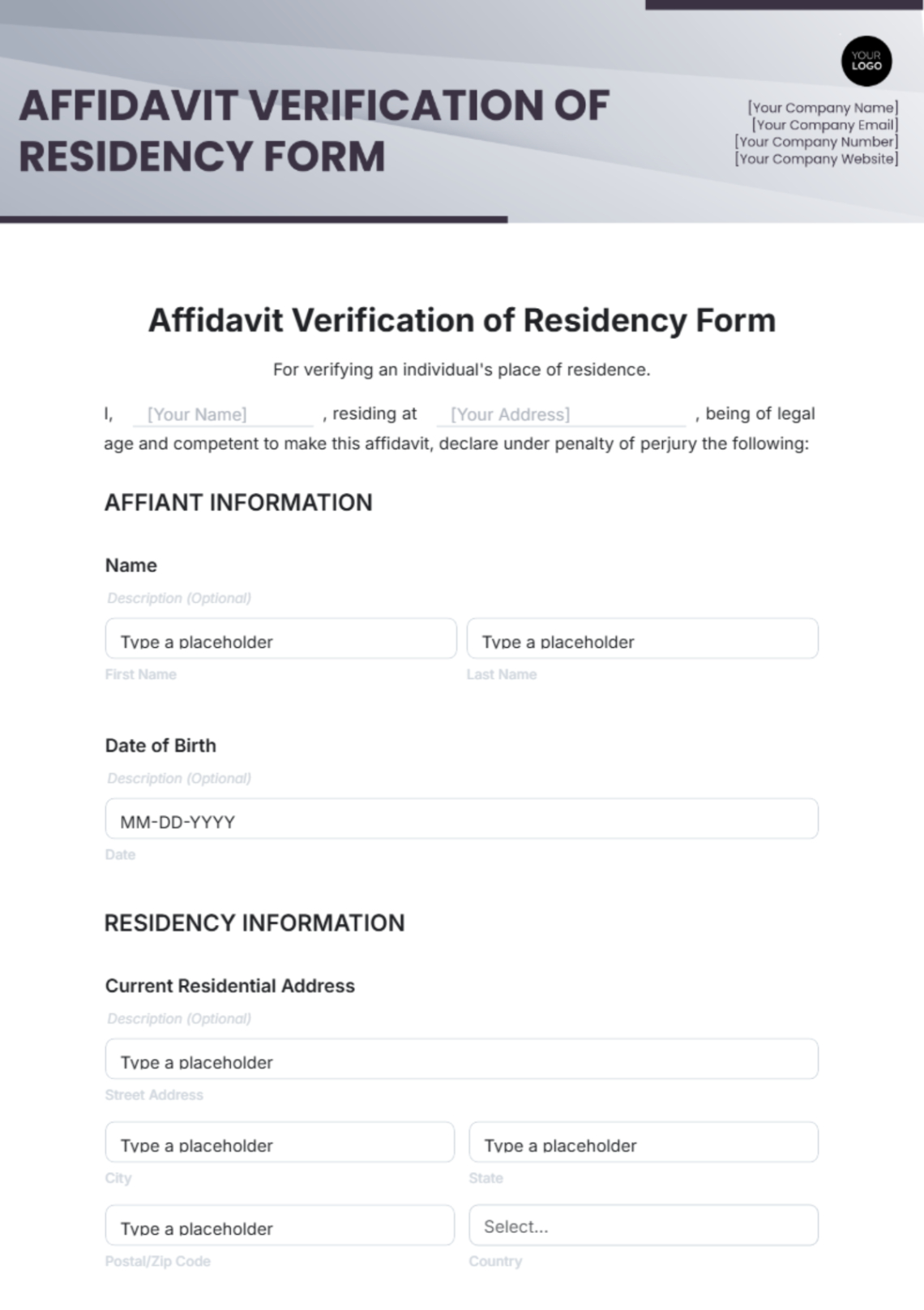
A sworn statement is more than just text on paper; it’s an official assertion of truth made with formal affirmation. When you sign an affidavit, you’re essentially attesting that the details included is true and accurate to the best of your knowledge. This pledge carries real consequences, and any misrepresentations can result in criminal charges, including perjury charges. Therefore, it’s crucial to treat this process with care and ensure that every detail is correct and factual.
Legal declarations are used in many different legal settings, from court proceedings and depositions to official board sessions and land agreements. They serve as proof, providing formal accounts that can be presented to a court or relevant authority. Because they’re considered verified declarations, affidavits are generally admissible in court, unlike simple written statements that haven’t been affirmed officially.
Additionally, employing a ready-made form can streamline the process. Hiring an attorney to prepare the document can be expensive. A template allows you to build your own version, significantly reducing legal fees. It also saves you time that would be used learning legal phrasing. You can focus on the content of your affidavit rather than getting bogged down in legal jargon.
So, what makes an affidavit juridically reliable? There are several key elements. First, it must clearly name the individual making the statement, including their identifying information. Second, it needs to state that the affiant is swearing to the truth of the content. Third, the statement should be grounded in what the affiant knows to be true. Finally, the affidavit needs to be officially executed in the presence of an authorized official, who will then verify and witness the signing, validating the declaration and overseeing the oath.
Finding the right starting point is crucial, and fortunately, there are numerous online resources offering a free affidavit template. However, it’s important to be careful and pick a trustworthy provider. Not all templates are created equal. Some may be no longer valid, partially filled, or even misleading. Using a low-quality template could lead to lost time, rejections, or even judicial complications. Always make sure your choice is sound when choosing a template.
Before anything else, go through the whole document before you start entering your information. Pay close attention to the instructions and any specific requirements outlined in the template. This is your roadmap to creating a valid affidavit. Make sure the template fits the regional law where the affidavit will be used, as court expectations can vary significantly across boundaries. A generalized example might not be sufficient if there are regional legal nuances.
While working through the affidavit, be as thorough and clear. Don’t rely on broad or imprecise claims; instead, use verifiable information and relevant details. Use clear and concise language to minimize misunderstanding. If you’re not sure what to write, ask an attorney or search legal templates for reference.
Remember, a complimentary form is just your foundation. You may need to make edits to expand the facts or meet unique legal needs. Don’t be afraid to personalize it to fit your specific case, but be sure to maintain its overall structure and integrity. If you’re making substantial revisions, it’s always a good idea to get legal advice on your revised version.
Finally, remember to have your affidavit properly notarized. This is a necessary process in making it a recognized declaration. Contact a licensed notary office and plan to complete the notarization. The notary will check your credentials, oversee the execution, and stamp the document, confirming that you have acknowledged the facts. Without proper notarization, your affidavit may not be recognized by authorities or accepted by other authorities.
We hope this guide has clarified the role and how to use of an affidavit template. It’s a valuable tool that can give you confidence in drafting affidavits. When all is said and done, learning the ins and outs of writing affidavits can save you unnecessary stress and delays down the road. Always ensure it’s correct, clear, and officially witnessed to ensure your affidavit works in the appropriate setting.
